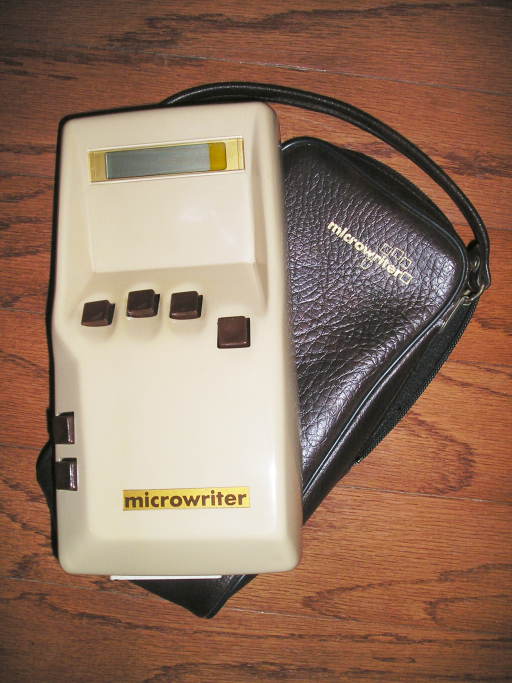Raspberry Pi Pico W project plans
Please help me choose!
The announcement of the Raspberry Pi Pico W has opened up a huge range of fun, exciting projects.
| Pico W in the cloud |
The first project is a shoo-in, not least because it's almost finished. I'll tell you about that shortly. I have seven other projects pulling for my attention, and I'll give you a quick introduction to each. Then I hope you can help me chose which to do next, or even suggest an alternative.
I'll open up polls on Twitter and Facebook, but I'd also welcome feedback on this blog.
Project number One
If you're a regular reader of the RAREblog you will already be familiar with Lazydoro, my automated Pomodoro timer. The current version is now running well, but it's based on a Raspberry Pi Zero. I'm migrating the project to the Pico W for two reasons:
- I want to keep a daily log of my Pomodoros, so I need wifi access
- A new Raspberry Pi is a rare thing at the moment, because of the chip shortage.
In contrast, the supply of Pico Ws is fine. If you want to build your own Lazydoro you'll find it easy to get all the necessary hardware, and you'll pay less for it!
I'll blog about the hardware and software as soon as I've finished the migration - but after that I wonder what to build next.
After that?
These are the next projects I have in mind, in alphabetical order.
All of them are simple and inexpensive.
Which would appeal to you? And what other projects would you like me to build?
Digital Callipers
I've had a set of Digital Callipers for ages, and I love them.
| digital callipers |
They work well, but I find it annoying having to manually record dimensions. I've used the callipers to capture the sizes of new boards that I was adding to the library for Breadboarder.
What I'd like, ideally, is to be able to press a button on the callipers that captures a measurement and simultaneously triggers a photo of what's being measured.
There's an article on Hackaday that shows how to capture measurements with a PIC micro. I'm sure I can do it with the Pico.
Logic Analyzer
I have several items of test equipment that I use to track down issues with I2C and Serial comms, but they take a while to set up and the interface is never quite what I want.
I like the idea of a web-based interface that I can tailor to my needs. I could use the GPIO pins on a Pico W to track digital signals, but if I used an MCP23S17 I could monitor up to 16 signals in parallel at the speed of SPI.
I know I'd find that useful. Would you?
The Microwriter
Back in the early 1980s word processing was all the rage. If you wanted to write text on the move your options were limited. One popular solution was a chording keyboard device called the microwriter
 |
| micowriter |
Rumour has it that the microwriter was particularly popular with James Bond's colleagues. In the 1980e chaps like James couldn't type but apparently Q convinced them that the microwriter was cool to use - a sort of Typist's Aston Martin.
I'd love to create an updated microwriter. You could display the text you type on a cheap monochrome OLED, store the text in flash and use wifi to upload it to your laptop or workstation.
The Intelligent Breadboard
This is another project I've had on hold for ages.
The idea is simple: connect the strips of a breadboard to something which can montor (and perhaps set) the voltage of each strip.
It's a simple form of Automatic Test Equipment (ATE).
The first version of TIB (The Intelligent Breadboard) would have two MCP23S17s connected to the strips of a mini breadboard with 170 tie points.
| mini breadboard |
Later versions could add analogue voltage measurement and connect to a larger board. You could even program TIB to check your wiring step-by-steo when prototyping a new project.
A Web-based Oscilloscope
Years ago, when the first mbed board came out, I wrote a project that created a web-page showing a varying voltage. I used svg to generate the graphics. It worked surprisingly well. Time to update that for the Pico W?
The first version would be for audio frequency signals only, but it would be interesting to see how rapidly one could capture analogue signals. I'd want to wrap some high-performance ome C code as an .mpy file. I've not tried that, and it would be a useful skill to learn.
SLAMbot
SLAMbor is a mobile robot. Not one that slams into things, but one that does SLAM: Simultaneous Location and Mapping.
You'd control the robot from your phone, and it would use a set of 8 VL53L0X ToF sensors to build a map of its environment as you drove the bot around a room.
Weather Station
I'd love to build a web-connected weather station around the BME280. I'd also like an anemometer to measure wind speed. I've recently come across a couple of promising designs that could be built without a 3D printer.
Over to you
I'm looking forward to a lot of Pico W fun over the next few weeks!
I'll post a list of the projects on Twitter and ask for your vote. It will have to be a pair of polls as I think Twitter limits us to 4 choices.
Alternatively, you can let me know what you'd like to see as a comment on this blog.



Comments
Post a Comment